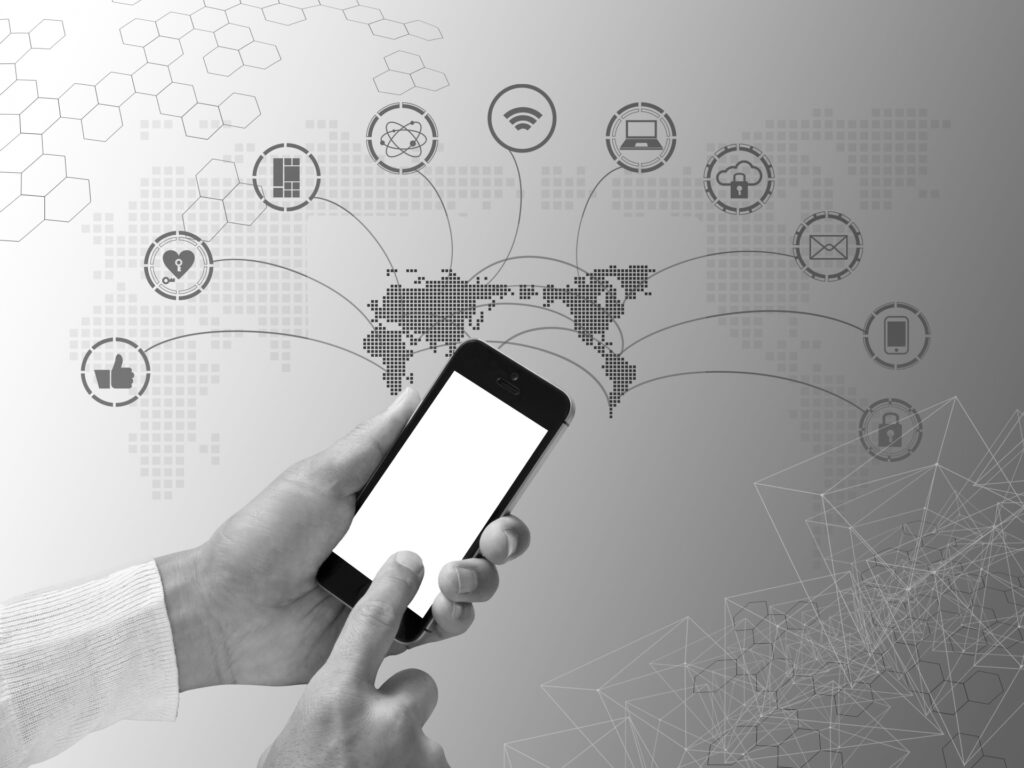The highly anticipated iPhone 16 launched with great expectations, but its sales performance has fallen short. While the weekend sales reached 37 million units, it became clear that demand is lower than for the previous model, iPhone 15. A notable reduction in lead times has been observed, with the wait time for users to receive their phones significantly shorter than the previous year.
iPhone 16 Sales Performance and Current Lead Times

Despite garnering attention upon its release, the iPhone 16’s sales have been disappointing. Though 37 million units were sold during the first weekend, demand has declined compared to the iPhone 15. One key indicator of this is the shortened lead time for deliveries. The lead time for the iPhone 16 Pro Max has decreased to 25.5 days from last year’s 43.5 days. Similarly, the iPhone 16 Pro’s lead time dropped from 32.5 days to 18.5 days, and the iPhone 16 itself went from 14 days to just 9 days.
While the reduced lead times may reflect Apple’s ability to ramp up production, there is also speculation that overall demand has weakened. According to a report from Morgan Stanley, the iPhone 16 series has the shortest lead times in the past five years, matching those of the iPhone 12. Although the iPhone 12 initially struggled in sales, it achieved a significant boost after nine months, suggesting that the iPhone 16 could also see a future rebound depending on market conditions.
Lead Times Indicate Declining Demand
The shortened lead times for the iPhone 16 series point to declining consumer demand. The iPhone 16 Pro Max now has a lead time of 25.5 days, while the iPhone 16 Pro stands at 18.5 days, both seeing substantial reductions from the previous year. This could indicate that Apple has successfully managed its inventory in line with demand, but it may also reflect waning consumer interest.
Moreover, the lead time for the standard iPhone 16 is just 9 days, with the iPhone 16 Plus clocking in at a record 7.9 days, the shortest lead time in the past five years. This suggests that the overall sales volume is lower than anticipated, and Apple may have expedited shipments in response. Lead times serve as an important metric for gauging the balance between product supply and demand, and the current figures may be a sign of a cooling market. Therefore, at this stage, the iPhone 16’s sales performance is underwhelming.
Economic Factors and Changes in Consumer Behavior
The decline in demand for the iPhone 16 series may be influenced by current economic uncertainty. Global recession fears and rising inflation have likely caused shifts in consumer purchasing behavior. According to a Morgan Stanley report, many consumers are upgrading to the new iPhone primarily because their old devices are reaching the end of their lifespans, rather than out of a strong desire for new features.
Although the iPhone 16’s “Apple Intelligence” feature is an attractive addition, it does not seem to be compelling enough to drive widespread upgrades. Additionally, as the smartphone market enters a mature phase, consumers are becoming more cautious with their purchases, avoiding unnecessary upgrades. This economic backdrop has likely contributed to the diminishing demand for the iPhone 16.
Future Prospects and Outlook for the iPhone Series
While the initial sales of the iPhone 16 series have been lackluster, the situation could change depending on future developments. Historical data shows that the iPhone 12 also faced difficulties at launch but went on to achieve record-breaking sales after nine months. Furthermore, Apple has the tools to reignite consumer interest, such as introducing new features or adjusting pricing strategies.
Apple’s strong ecosystem could also play a key role in supporting iPhone 16 sales. For instance, integration with iOS 18 and compatibility with Apple Watch may appeal to existing Apple users, providing further motivation to upgrade. As market conditions continue to evolve, it will be important to monitor how the iPhone 16 series progresses over time.
